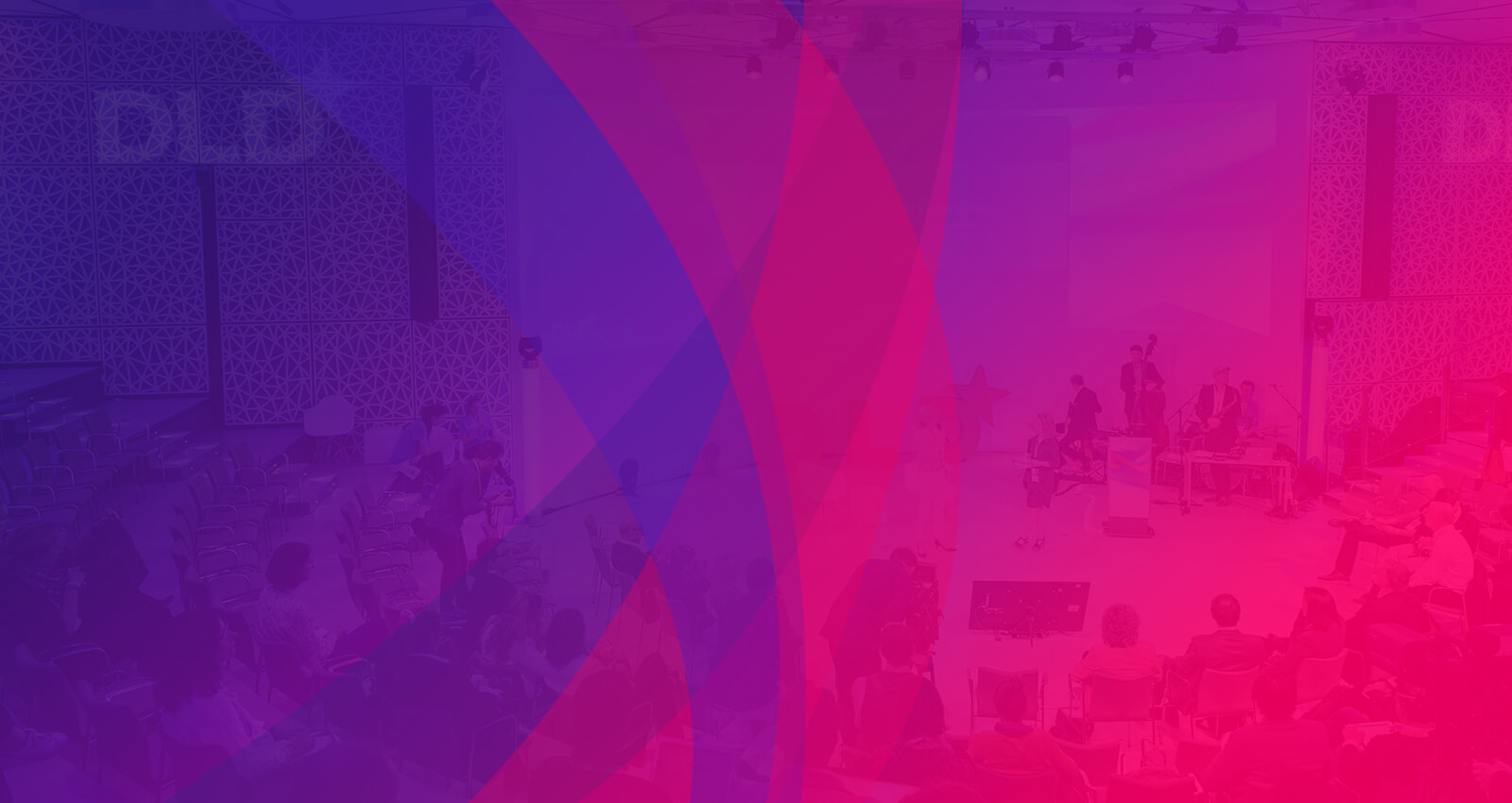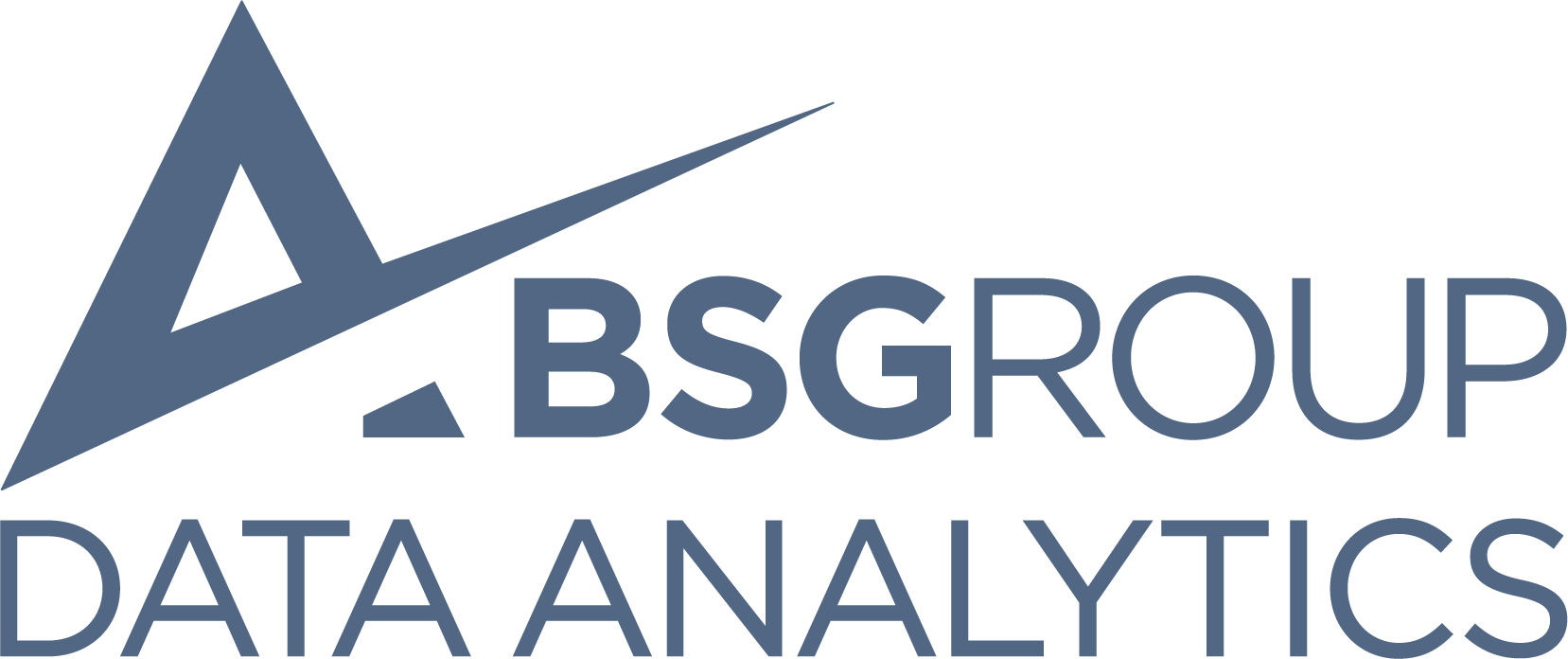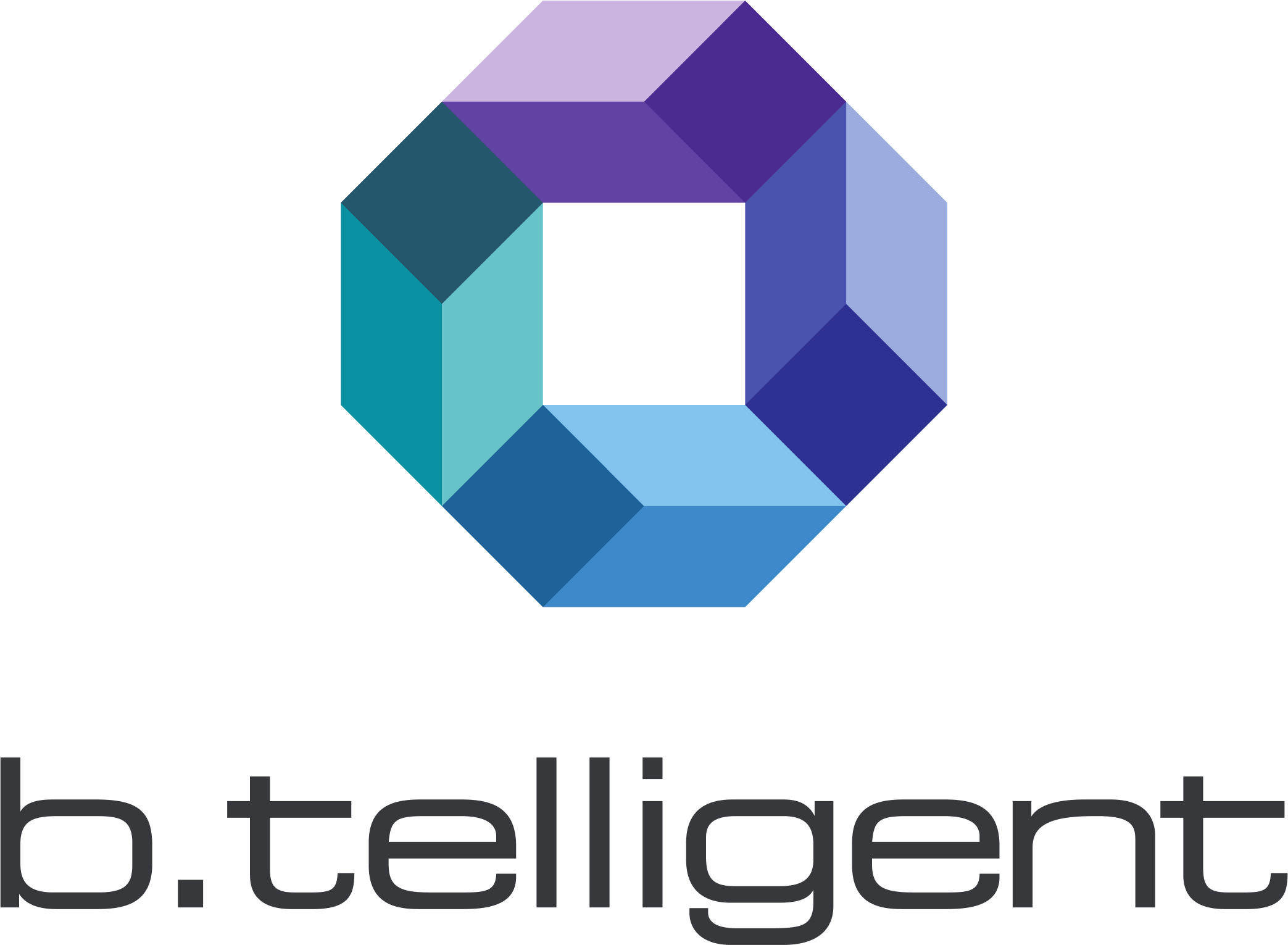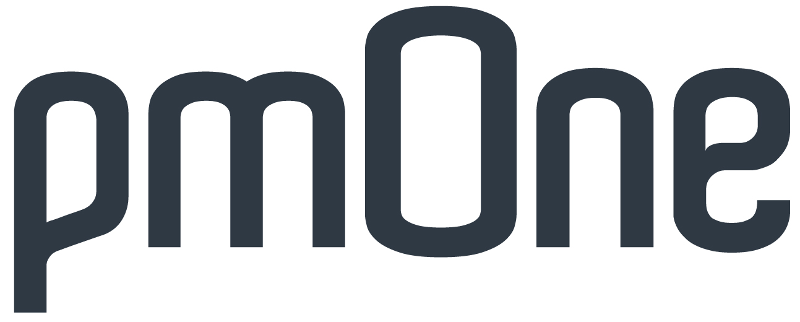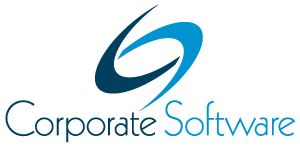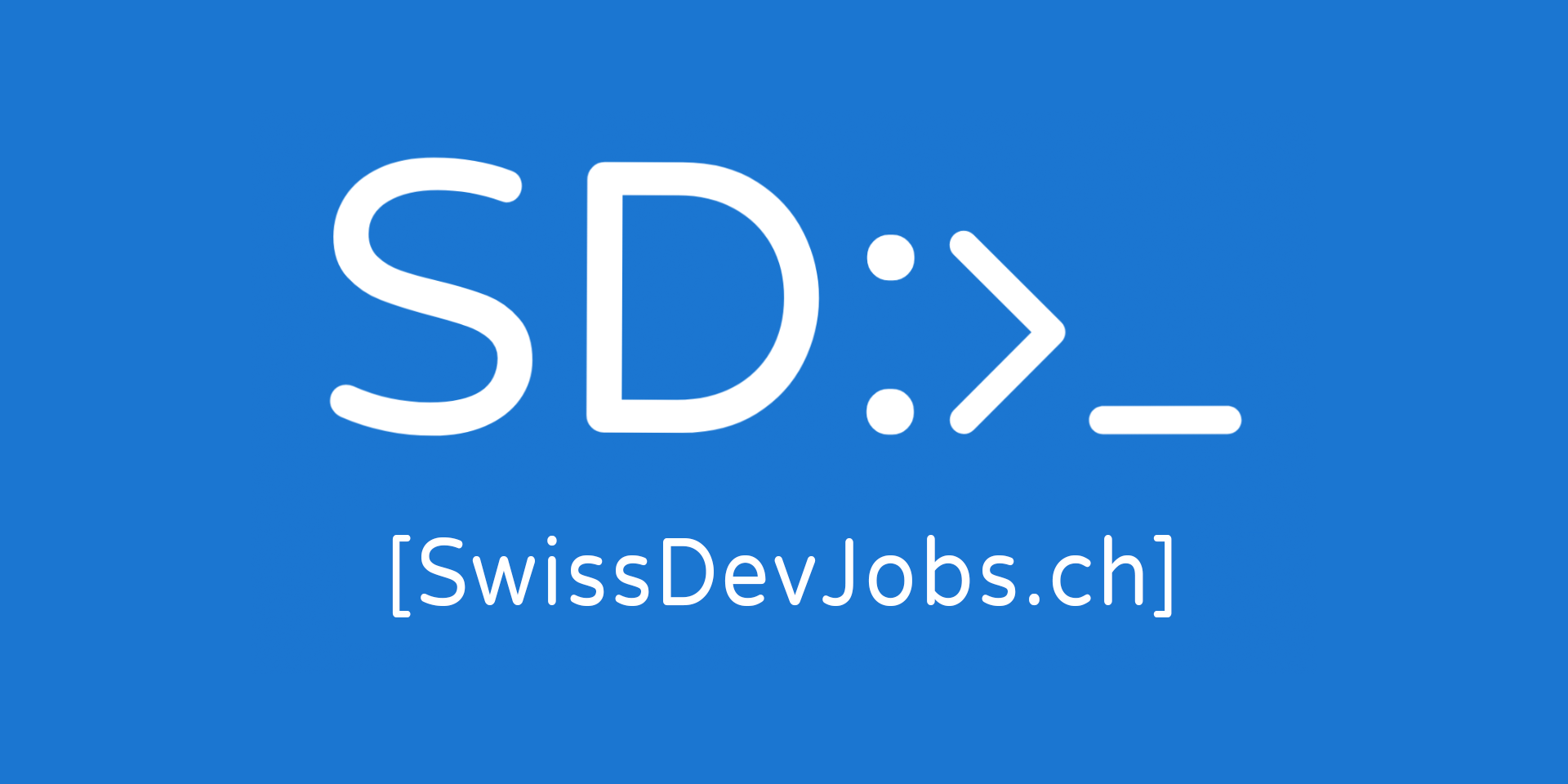Event Highlights




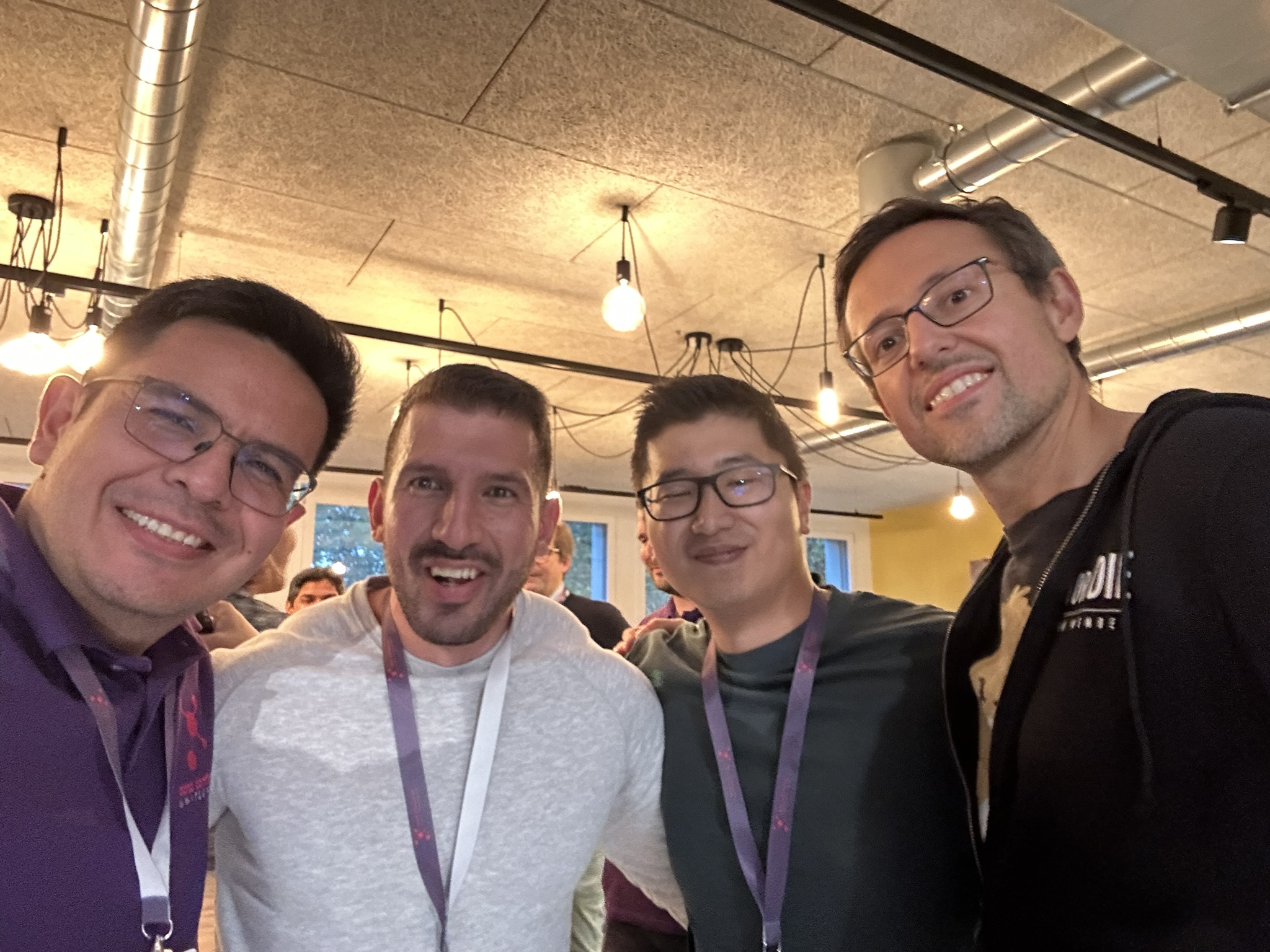

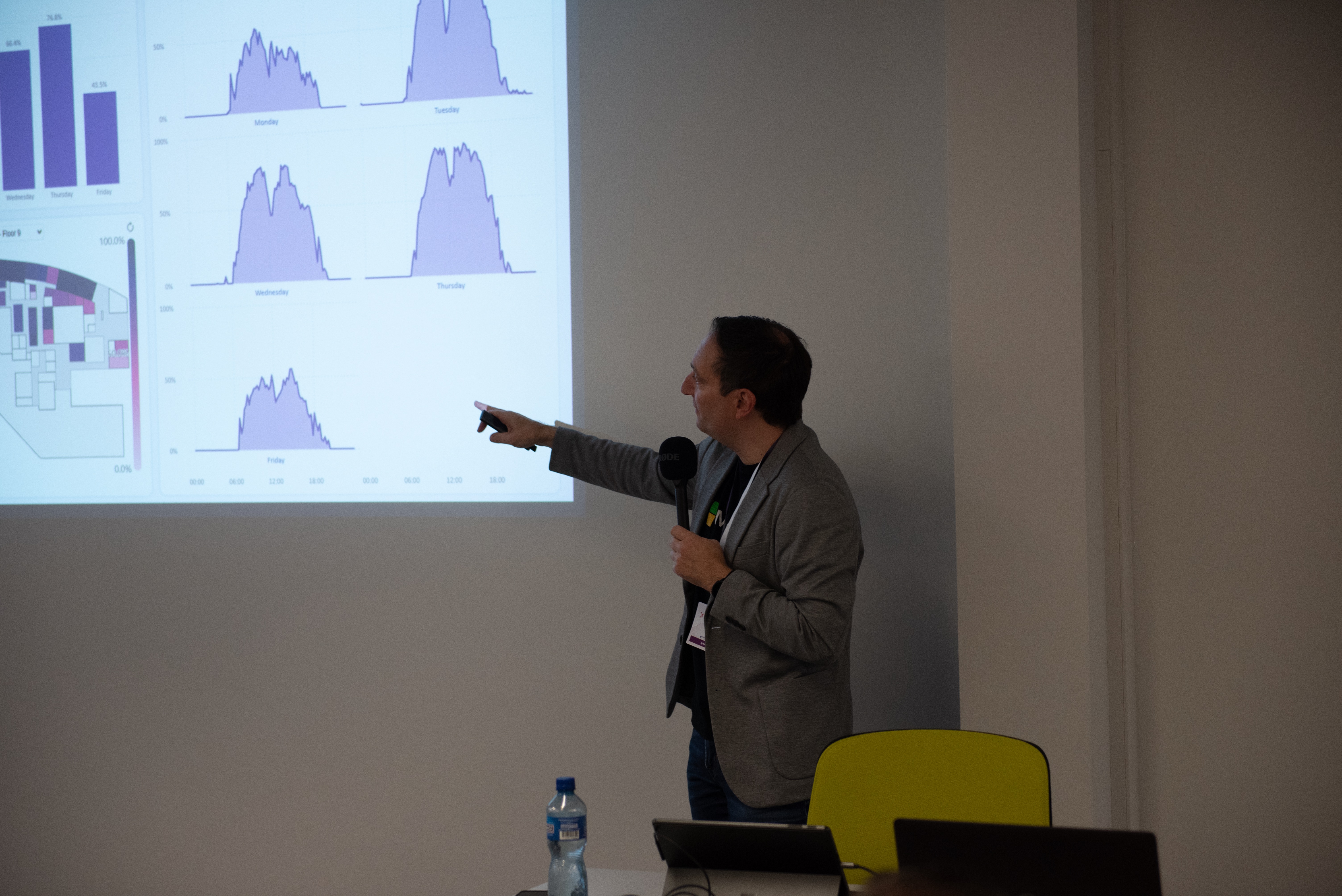










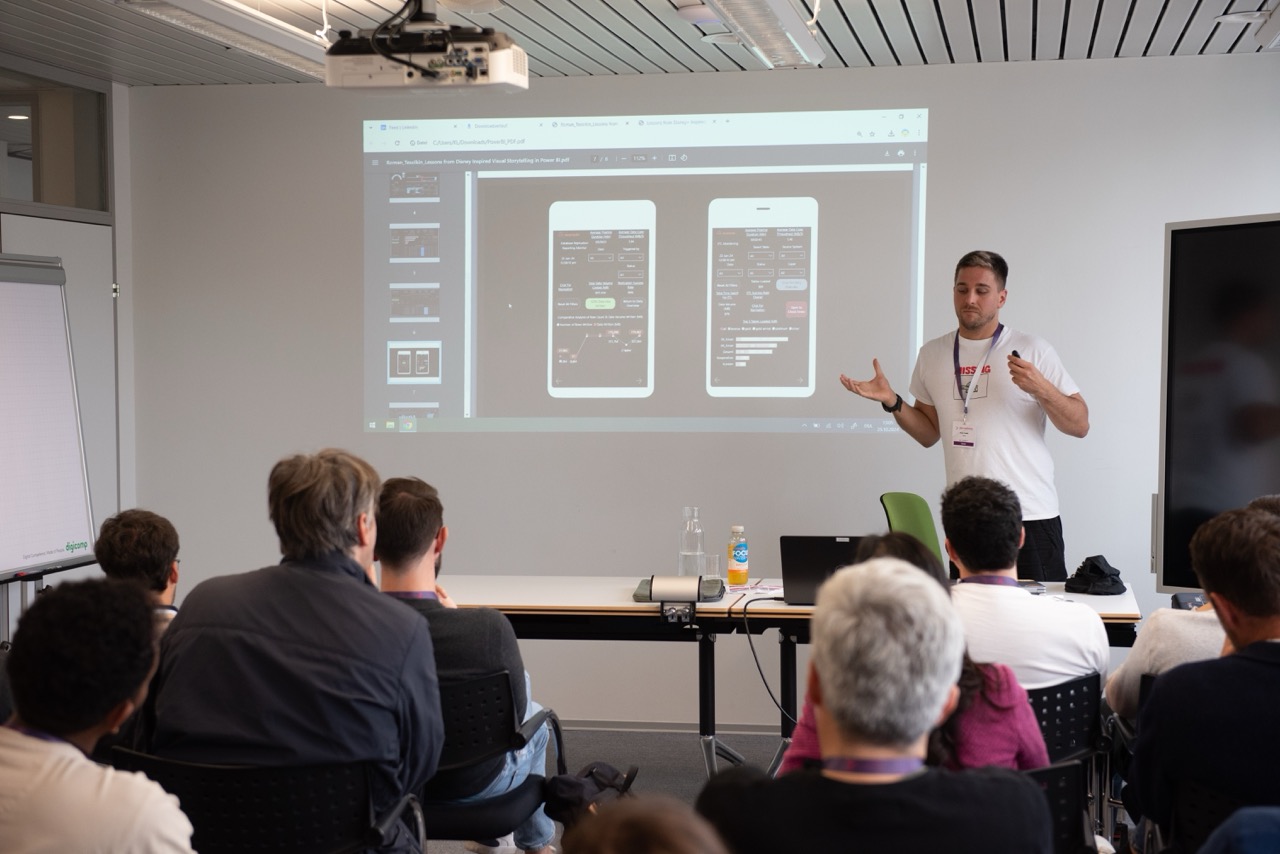


Speakers and Sessions

Claudio Mirti
Sr. Advanced Analytics & AI Specialist EMEA
Since late 2022, generative AI has quickly demonstrated its value and potential to help businesses of all sizes innovate faster. However, as with all analytics, generative AI is only as good as its data. This means a solid foundation of data operations technologies and organizational norms that facilitate responsible and effective use of data. Let's dive in with some use cases and exploring the art of the possible.

Heini Ilmarinen
DevOps Consultant
Databricks has become widely used in lakehouse solutions, which ever cloud platform you are on. Now that Microsoft Fabric is out, the question everyone is asking: is Microsoft leagues behind or is it able to challenge Databricks neck to neck? In this session we will begin by comparing the capabilities of Microsoft Fabric and Databricks, both the similarities and differences. We will then dive deeper to look at how does the Spark and SQL experiences differ, as well as the storage layer. We will continue by evaluating how does it differ to implement a lakehouse solution on these two platforms. Lastly we will see if there are also synergies that can be found from these tools. After this session you'll be able to understand the strengths and weaknesses of both of these services!

Artur König
Founder & CEO | BI Consultant | Empowering Agile BI and Analytics | Power BI Fanboy
This session will be a overview about the monitoring of Power BI and discuss the existing possibilities. The monitoring of Power BI might be a little bit confusing as there are different sources of truth, including: - Scanner-API - Azure Log Analysis for Power BI - the "in-built" Capacity Monitoring App - the "in-built" Usage Metrics App - Fabric Logs in Real-Time Analytics I the session I will show the output of these common logging tools and show some good practises how I used them in real projects. One challenge is to interpret some logs correctly and it took me some time (and some input from Chris Webb and Rui Romano) to learn this - from my point of view definitely something that is worth sharing. The use-cases will be: - performance tracking - capacity monitoring - administration and lineage of artifacts - user administration - identification of problems

Matthias Falland
Trusted Advisor and MVP
Are you facing challenges with using Microsoft Fabric for storing highly sensitive data? This session is your gateway to overcoming those hurdles with confidence. Dive deep into storage encryption, confidential compute, and data engineering solutions tailored for the most demanding security requirements. Join us to discover how Microsoft’s Cloud for Sovereignty can transform your approach, leveraging innovative Fabric architecture patterns and practical tweaks. We'll also explore real-time analytics and seamless integration with Purview, ensuring your data remains secure and compliant. Whether you're dealing with stringent regulatory environments or seeking to enhance your data's security posture, this session offers invaluable insights and hands-on solutions. Don’t miss out on the opportunity to elevate your data management strategy with expert guidance and actionable tips!

Chris Webb
Principal Program Manager
Power Query is the self-service data transformation tool in Power BI Desktop, Fabric Dataflows and Excel. In this session you'll find out about new user interface features, new M functions, new data sources and data destinations, and lots more new functionality that has been added in the last year.

Charley Hanania
Data Platform Specialist and Advisor | Trainer | International Speaker | MVP
Apache Parquet has widespread adoption on the Azure Data Lake. It's a free and open-source columnar storage format used extensively for fast analytical querying. In this session we discuss how Parquet files are structured, how metadata and data pages are written and the encoding steps used to optimise the data stored within it. Time permitting, we'll discuss Delta Lake Tables, and newer alternatives to Parquet that you may see in the field.

Nicolas Rehder
Senior Technology Consultant
In this session, you'll discover how implementing metadata-driven pipelines in Microsoft Fabric enhances flexibility, maintainability, and scalability. By leveraging metadata, you can create pipelines that adapt to your business logic without the need for repetitive coding. Join us to learn how this approach can help you optimize your pipeline management, and prepare your data architecture for the future.

Gabi Münster
Senior Program Manager / Fabric CAT
GIT Integration and CI/CD are typically seen as Pro developer topics and too much of an overhead to bother business users and citizen developers with. So how can this be solved in a platform like Microsoft Fabric, that's clear purpose is to offer full support for every user in an organization? Let's review the CI/CD features in Microsoft Fabric and how users are expected to work with this. And let's try and find out if those features can be used to implement a well-designed process that fits all users requirements.

Mathias Thierbach
Data Platform MVP, Power BI Contributor, Developer of pbi-tools
GIT Integration and CI/CD are typically seen as Pro developer topics and too much of an overhead to bother business users and citizen developers with. So how can this be solved in a platform like Microsoft Fabric, that's clear purpose is to offer full support for every user in an organization? Let's review the CI/CD features in Microsoft Fabric and how users are expected to work with this. And let's try and find out if those features can be used to implement a well-designed process that fits all users requirements.

Nikola Ilic
Microsoft Data Platform MVP
You've heard about the Direct Lake mode in Microsoft Fabric, and, as a Power BI professional, you are curious to learn what all the fuss is about and how you can leverage this groundbreaking feature in real-life scenarios. How does Direct Lake work under the hood? Is it a replacement for the Import and DirectQuery mode? When and why to use Direct Lake over Import mode? These are just some of the questions that we are going to address in this demo-packed session. We will dive deep into Direct Lake's architecture, explain its core concepts, and put it in the ultimate 1:1 comparison with the Import mode! We'll examine various concepts and features that are exclusively relevant to Direct Lake, such as how to refresh the data in Direct Lake models, why some columns are hot and some others are not, and many more... By the end of this session, you'll get not only a deep understanding of Direct Lake internals, but also learn in which scenarios to choose the "Direct Lake path".

Roman Tesolkin
Senior Data Analyst
Join me for an inspiring session where data meets storytelling. Drawing inspiration from Disney+, I'll show you how to turn data into engaging stories using Power BI. We'll dive into creating visual narratives that captivate, inspire, and influence. Here's what we'll cover: Storytelling Basics for Data Visualization: Learn the core principles of storytelling and how to apply them to your data. Designing Engaging Power BI Dashboards: Discover tips and techniques for creating dashboards that capture and hold your audience's attention. Immersive Experiences from Streaming Platforms: Understand how Disney+ and other streaming services create engaging user experiences and how to apply these concepts to your data presentations. Transforming Raw Data into Compelling Stories: Explore methods for turning raw data into narratives that resonate with your audience. Adding Interactive Elements: Learn how to incorporate interactive features to make your data stories more engaging and dynamic. Communicating Data Insights Clearly: Gain skills to present data insights in a clear and compelling way to inspire action and decision-making. By the end of the session, you'll be equipped to create captivating Power BI dashboards inspired by Disney+ using best UX practices. You'll be able to make data-driven decisions, effectively transform data, design interactive visuals, and communicate data insights to drive action and change.

Elgar Brunott
Principal Consultant
Microsoft Fabric is gaining significant attention, but does it address every challenge when building a modern BI solution? While Fabric provides excellent integration across various infrastructure components, there’s still a gap when it comes to modelling and automation. This is where the “Data Automation” solution WhereScape steps in, offering a key missing piece: a metadata-driven approach that helps streamline the creation of data models, data pipelines, and transformation logic. WhereScape’s capabilities provide the crucial overview of your metadata and facilitate a robust, well-structured data platform. By leveraging WhereScape alongside Fabric, you can efficiently build and manage a comprehensive BI solution.

Ivo Schindelholz
Senior Consultant Data Analytics
Join in on a Fabrictale of a lazy data engineer and his vision for the automatic creation of core Lakehouse objects. In this session, I will show you the approach I use to automate tedious tasks for SCD1 and SCD2 dimensions, as well as incremental fact loading processes, using parameterized notebooks.

Louis de Gasté
Senior Data Engineer
How to bring a large corporation to data maturity, empowering technically mature teams while supporting the less advanced ones in their transformation ? We will explore a solution developed at dsm-firmenich, in partnership with Unit8, leveraging automation on Databricks and Azure DevOps to tackle the challenge of enabling the full potential of data in the complex world of a large multinational.

Andy Cutler
Independent Business Intelligence Consultant
No matter what data role you have, it’s important to handle data you use with care. If you’re a DBA (Database Administrator) who has been tasked with looking at how to “administrate” Fabric Warehouses, a cloud-based SQL service tailored towards data warehousing, what do you need to be aware of when working with this Software-as-a-Service product? Perhaps you’ve been asked to “look after this Fabric thing” or maybe you’ve overheard people talking about Fabric and thought “what’s my role in all of this?” Microsoft Fabric is Microsoft's flagship Software-as-a-Service Analytics service combining Power BI, Data Engineering, Data Warehousing, Realtime Analytics, and Machine Learning. Underpinning Fabric is a variety of workloads, engines, and languages to support in building a robust Analytics solution. In this session we'll be taking a look at the Fabric Warehouse service which is the SQL data warehousing service. However we'll be looking at this service from the perspective of the Database Administrator (DBA) role. In this session attendees will understand the various aspects of Fabric Warehouses that are relevant in the scope of a DBA role.

Kristian Bubalo
Cloud Solution Architect Data & AI
In this session, we’ll dive into the fascinating world of metadata-driven pipelines within Microsoft Fabric. Starting with REST APIs, we’ll explore how to extract stock data, including daily prices, and seamlessly store it in a Lakehouse. But that’s just the beginning! Real-time analytics will transform this data, making it readily available for Power BI reporting. Join us as we demystify the process, share best practices, and empower you to create robust end-to-end solutions.

Chris Webb
Principal Program Manager
Everyone is excited about AI and the impact it can have on data and analytics, and in Power BI that promise is being delivered on with Copilot. In this session you'll learn everything you need to know about Copilot for Power BI: what it is, what it can and cannot do, how much it costs, and how to tune it.

Paul Andrew
Co-Founder & CTO of Cloud Formations | Microsoft MVP
The velocity of data is getting faster across many industries, fuelled by the business demand to gain insights and value from sources in near real-time. This necessity is then allowing decision makers to pivot and ultimately stay ahead of the competition. Furthermore, the growth of the internet of things and ‘smart’ devices now means the volume of that high velocity data has exploded. Meeting this demand requires new concepts and new designs for data/solution architects, with high throughput ingestion endpoints and query stream tools that can perform aggregations ‘on the fly’. Microsoft Fabric answers this challenges with the Real-time Hub and Real-time Intelligence Experiences, bringing data streams together to rapid handling and serving with a full compliment of downstream events to Data Activator, but other Fabric Items as well. In this session, we will address the above requirements head on. Looking at what the product offers, why its important for our solution and how we implement it. Querying data using both SQL and KQL to blend stream and batch data feeds for downstream reporting. Our unified tool of choice to deliver these capabilities will be Microsoft Fabric. Working with Event Streams, Event House, and the Real-time Intelligence Hub to deliver analytics at speed and scale. Building a connected solution in Microsoft Fabric.

Emanuele Meazzo
Team Lead for Data Science & Intelligence in one of the top computer hardware manufacturers in the world.
It's finally time for your organization to switch to a Fabric Capacity, but are you sure that your current workload will fit in your new capacity? In this session I'll explore how to create a capacity testing scenario and how to automate the simulation of user activity in an automated way in order to replicate as faithfully as possible your current and future workload on the capacity. We will use tools available to everybody and free of charge, like Powershell, Profiler and DAX Studio. If you need to test your capacity before go live this is the session to be!

Injae Park
Microsoft MVP / Power BI Consultant
From using SVGs or DENEB to create unique visuals, to page level security with RLS - workarounds are often necessary to overcome limitations and achieve desired functionalities in Power BI. However, these workarounds come with their own set of costs and considerations. This session discusses the key factors to help developers evaluate workarounds in Power BI, ensuring that the benefits outweigh the potential drawbacks. To do this, we will explore some real-life workarounds in Power BI such as code-based Custom Visuals (DENEB, SVGs, HTML, Python), Page level security, and storing a custom PowerQuery library in Github. We will also dive into the trade-offs involved, including maintainability, impact on development, and technical debt. This session is aimed at the intermediate Power BI Developer, to help them answer the question - Should I use this workaround? Attendees are encouraged to have some experience with custom visuals and PowerQuery with the Advanced Editor.

Meinrad Weiss
Sr Cloud Solution Architect
In this session, we’ll dive into the fascinating world of metadata-driven pipelines within Microsoft Fabric. Starting with REST APIs, we’ll explore how to extract stock data, including daily prices, and seamlessly store it in a Lakehouse. But that’s just the beginning! Real-time analytics will transform this data, making it readily available for Power BI reporting. Join us as we demystify the process, share best practices, and empower you to create robust end-to-end solutions.

Gideon Aschwanden
Global Head of Data Insights
Panel Discussion: The impact of AI on the Data space. With a focus on Employment and Employability.

